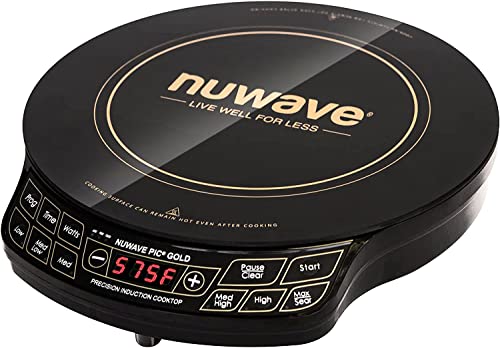SternWake
Well-known member
- Joined
- Nov 30, 2013
- Messages
- 3,874
- Reaction score
- 2
Adjustable voltage power supply:

This is not an automatic charger, one can adjust absorption voltages for different batteries, and then once the battery has been held at ABSV for ~ 2 hours or so, turn of the power supply off manually (or use a spring wound timer), or lower the voltage trim potentiometer to float voltages.
Most automatic chargers are automatic underchargers. Most will not go to a high enough absorption voltage, and will not hold the battery at absorption long enough. This is fine for an engine starting battery, it is not fine for a regularly cycled deep cycle battery.
The Meanwell RSP-500-15 is about 120$. It is capable of 40.92 amps. It has Over current, overvoltage, and over temperature protections built in. I had a cheap version of a 350 watt power supply that smoked itself providing 538 watts as it had no protections. It was only 23$ so not a huge loss.
I put my GTpower RC meter in line, after increasing the wiring thickness on it from 12awg aluminum, to 8 awg tinned marine wire. Now it stays cooler and reads the same voltage as the output terminals, upto 17 amps anyway.
Right now I have it set at 13.6 volts, and it is holding the battery full, while powering all 12v loads.
Anyway, I am happy with my new toy. 40 amps bulk charge rate is nothing to laugh at, unless one has a huge battery bank.
Many people need to do equalization charges on their flooded batteries, and have no charger which can get a battery in the mid to upper 15's. This MeanWell power supply can do 19.3V if asked.
If one has the ability and desire to monitor the charging process, this is a very capable tool.
if one just wants something automatic and is not really concerned with getting the most out of their battery, then any of the automatic chargers/converters can fit the bill

This is not an automatic charger, one can adjust absorption voltages for different batteries, and then once the battery has been held at ABSV for ~ 2 hours or so, turn of the power supply off manually (or use a spring wound timer), or lower the voltage trim potentiometer to float voltages.
Most automatic chargers are automatic underchargers. Most will not go to a high enough absorption voltage, and will not hold the battery at absorption long enough. This is fine for an engine starting battery, it is not fine for a regularly cycled deep cycle battery.
The Meanwell RSP-500-15 is about 120$. It is capable of 40.92 amps. It has Over current, overvoltage, and over temperature protections built in. I had a cheap version of a 350 watt power supply that smoked itself providing 538 watts as it had no protections. It was only 23$ so not a huge loss.
I put my GTpower RC meter in line, after increasing the wiring thickness on it from 12awg aluminum, to 8 awg tinned marine wire. Now it stays cooler and reads the same voltage as the output terminals, upto 17 amps anyway.
Right now I have it set at 13.6 volts, and it is holding the battery full, while powering all 12v loads.
Anyway, I am happy with my new toy. 40 amps bulk charge rate is nothing to laugh at, unless one has a huge battery bank.
Many people need to do equalization charges on their flooded batteries, and have no charger which can get a battery in the mid to upper 15's. This MeanWell power supply can do 19.3V if asked.
If one has the ability and desire to monitor the charging process, this is a very capable tool.
if one just wants something automatic and is not really concerned with getting the most out of their battery, then any of the automatic chargers/converters can fit the bill












































































